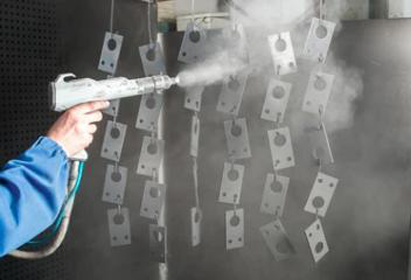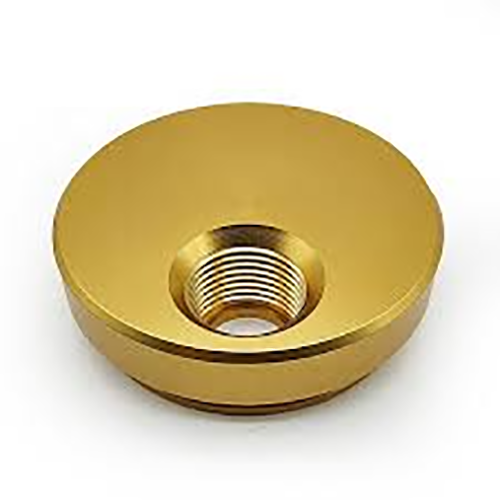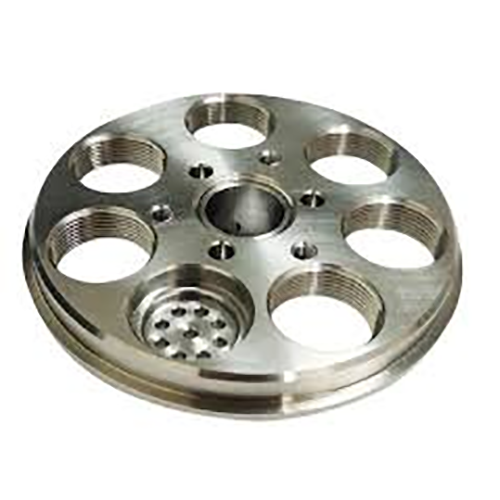
Achieving specified outer texture for a fabricated unit is critical.
- Drawing callouts communicate precise surface requirements for machined parts
- Surface notes typically employ Ra—arithmetic mean deviation—when specifying roughness
- Interpreting finish callouts is necessary to guarantee parts satisfy functional criteria
- Chosen finish influences lubrication retention, friction behavior, and part life
- Correctly reading the finish notation is necessary to attain the intended result
CNC Machining — Precision Engineering Explained

Automated machining signifies a significant manufacturing innovation employing digital instructions the machinery forms elaborate parts with exactness.
- The technology facilitates production of complex parts across many materials
- The versatility of CNC machining makes it ideal for aerospace, automotive, medical, and electronics
- Numerical control systems guarantee repeatable accuracy between batches
Across development to broad production CNC machining contributes fundamentally to manufacturing innovation
Comprehending CNC Machine Specifications
Decoding CNC machine specifications can feel daunting at first glance
In contrast, measured learning and order help you traverse technical specifications
Commence with recognizing main metrics: spindle rpm, feed, precision, work volume, control system
All these values combine to influence overall operational ability.
For example a higher spindle speed is suitable for softer materials while a faster feed rate is essential for increased production.
Seeing these associations aids in selecting the correct machine for your use
Make sure to read supplier manuals attentively.
Supplier manuals often give critical context and define technical language
Complete Overview of CNC Equipment
Computer-operated machining stations are programmed units for precise automated part fabrication across materials They function by reading numerical G-code commands that drive cutting heads and actuators.
- Some types of CNC machines include milling machines lathes routers and plasma cutters
- Production processes accommodate metal alloys, plastics, woods, and composite materials
- Plus CNC technology provides rapid prototype cycles and limited manufacturing for small firms and research units
Fundamental CNC Machine Concepts
They exemplify the union of precise mechanics and modern control software Flexible equipment harnesses software instructions to automatically fabricate basic components and intricate assemblies The fundamental principle behind CNC machines is the translation of digital designs into physical forms.
- Computer Numerical Control machining
- CAD-to-CAM integration
It entails finely timed actuator motions governed by software Production personnel configure feeds and speeds, monitor cycles, and guarantee output quality.
Why Surface Finish Matters in CNC Machining
Attaining target texture in CNC processes is critical It modifies operational efficiency and cosmetic finish Substrate properties, machining variables, and post-process methods shape surface outcome.
Superior polishing extends service life; rougher finishes may limit capability Automated machining presents a spectrum of techniques and tools to accomplish desired finishes.
- As an example choosing diverse tool geometries |cermet inserts|surface speed choices to reach texture
- Also surface treatments such as grinding and polishing can refine textures
Understanding the relationship between machining parameters and surface finish is essential for achieving optimal results in CNC machining operations.
CNC Machine Basics: From Operation to Applications
Programmed machining provides accurate part shaping across multiple material types They run numerical instructions to manufacture complex shapes consistently Basic knowledge of machine operation, G-code, and tooling selection plays a vital role in success
Industries that use CNC range from aviation and automotive to medical and electronics From intricate propeller parts to exacting mold inserts, CNC produces accurate geometries
Surface Finish Standards for CNC Machining
Right specification of finish is necessary for CNC-produced parts It ensures part compliance with operational and appearance standards Engineers generally specify surface quality using the Ra roughness notation Given in microns or thousandths of an inch, the figure measures average surface peaks and valleys.
Take into account target smoothness and how the part will be used when calling out finish

For instance a smooth surface finish might be preferred for parts that require tight tolerances or precise alignment
More pronounced surface profiles help applications relying on friction or traction
Utilize a clear and concise callout in your engineering drawings to communicate the desired surface finish Record Ra alongside additional machining recommendations or surface treatments.
Understand that effective surface annotations are critical to production success
Classification of CNC Machines and Uses
Numerical control machining comprises numerous machine types engineered for diverse applications They leverage CAD/CAM designs to instruct cutters for accurate and efficient fabrication.
- Mills shape slots pockets and complex contours through rotary cutting
- Grinders use abrasive wheels to finish and size parts to fine tolerances
- Laser cutters harness concentrated energy beams to slice through materials with exceptional accuracy and minimal heat distortion
The choice of CNC machine depends on the specific project requirements materials being worked with and desired precision Each type of CNC machine offers unique capabilities making them essential tools in diverse industries from automotive to aerospace.
Obtaining High-Quality Surface Finish with CNC
Realizing premium surface texture is vital and CNC machining supplies tools to accomplish it By adjusting feed, rpm, and cutter geometry skilled staff shape chip flow and surface formation for better finishes Furthermore the utilization of high-quality tooling materials and proper lubrication techniques contributes to a smoother finish By choosing tailored toolpaths and precise setups operators can deliver parts with outstanding finishes.
Achieving Surface Finish in CNC Programming
Tuning code to influence finish plays a central role in meeting quality aims Combining feed, speed, and tool form strongly affects surface pattern and roughness Conscientious parameter tuning with sound coolant strategy produces excellent surface quality.
- Additionally routine tool checks and upkeep maintain consistent finish quality Furthermore regular tool maintenance and inspection are essential for ensuring a consistent and high-quality surface finish over time Also ongoing tool care and inspection support sustained finish reliability
- To enhance finish consider workpiece material, roughness targets and use case
- Toolpath simulation enables testing parameter impacts to cut down surface errors
- Additionally routine tool checks and upkeep maintain consistent finish quality
